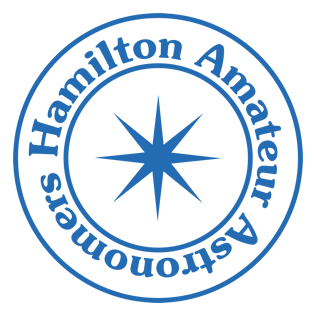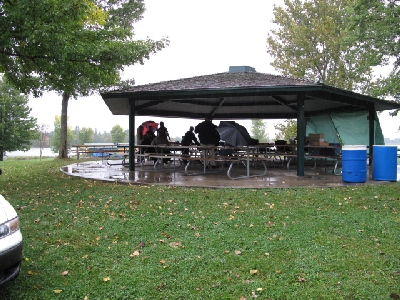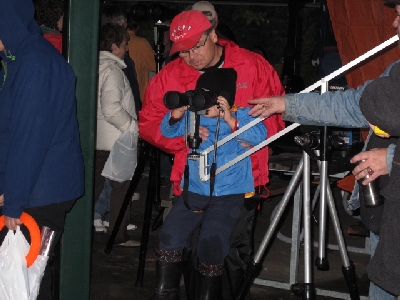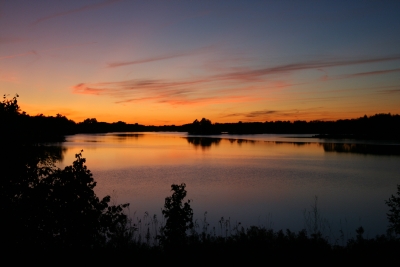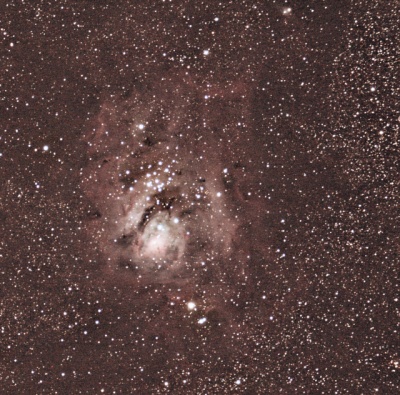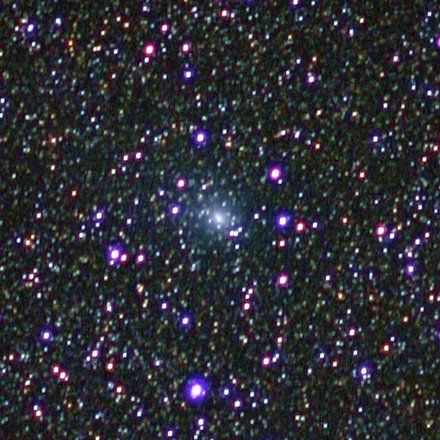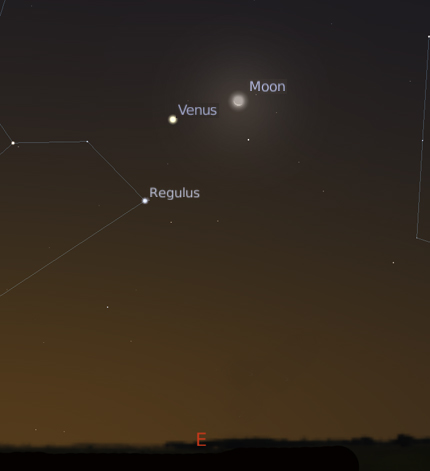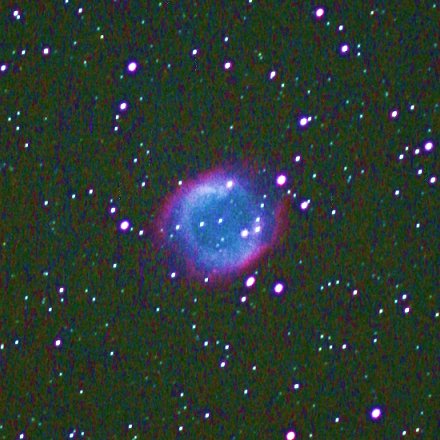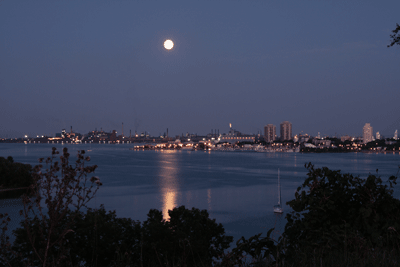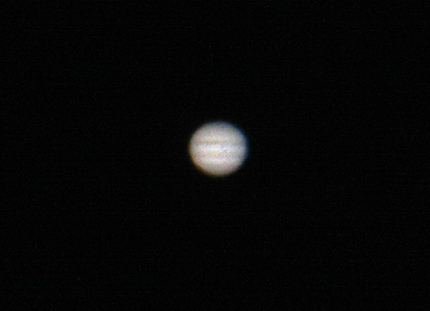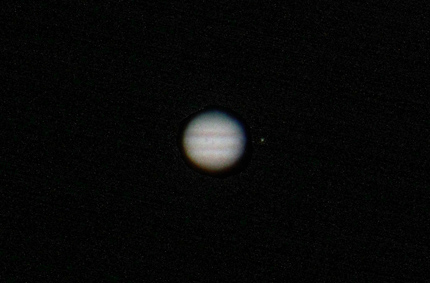Clear weather is coming just in time for an unusual and rare event for telescope observers. Jupiter’s four Galilean satellites are constantly orbiting around their giant parent planet, and always provide an interesting and entertaining show for observers. This Wednesday night the moons of Jupiter will again amaze us, but this time with their absence!
On the night of September 2nd (morning of September 3rd) starting at 12:45am, none of the moons will be visible for a period of nearly 2 hours. This type of occurence, when all four moons are invisible, occurs about 10 to 20 times per century. The last occurence was a mere 16 months ago, but we will not have another chance to see this for 10 more years, in 2019.
During the time when no moons are visible, Ganymede and Europa will be in front of Jupier (transiting), Callisto will be in Jupiter’s shadow (eclipsed) and Io will start out behid Jupiter (occulted) and then come from behid Jupiter but stay in its shadow.
Here’s the whole line-up of events for that night (from Sky and Telescope)
Wednesday, September 2, 2009
23:28 UT, Callisto enters occultation behind Jupiter.
Thursday, September 3, 2009
03:44 UT, Io enters occultation behind Jupiter.
04:00 UT, Europa begins transit of Jupiter.
04:46 UT, Ganymede begins transit of Jupiter. (NO MOONS VISIBLE)
04:56 UT, Europa’s shadow begins to cross Jupiter.
06:32 UT, Io exits eclipse by Jupiter’s shadow.(End of No Moon Period)
06:46 UT, Ganymede’s shadow begins to cross Jupiter.
06:50 UT, Europa ends transit of Jupiter.
07:50 UT, Europa’s shadow leaves Jupiter’s disk.
08:24 UT, Ganymede ends transit of Jupiter.
08:44 UT, Callisto exits eclipse by Jupiter’s shadow.
10:24 UT, Ganymede’s shadow leaves Jupiter’s disk.
After posting a couple of blog entries encouraging you to go out and observe the ever-changing parade of Jovian satellites, I now hope you enjoy this chance to not see any of Jupiter’s moons!
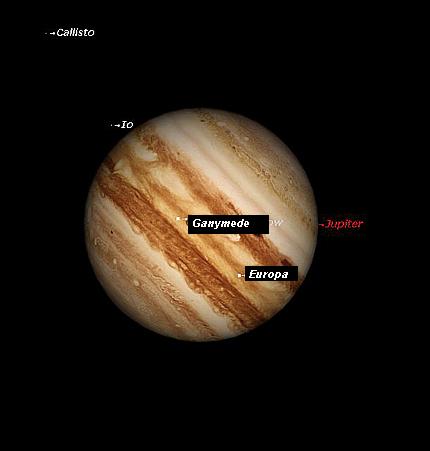
The positions of Jupiter’s moons around 2am
